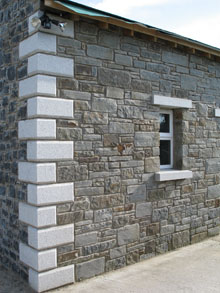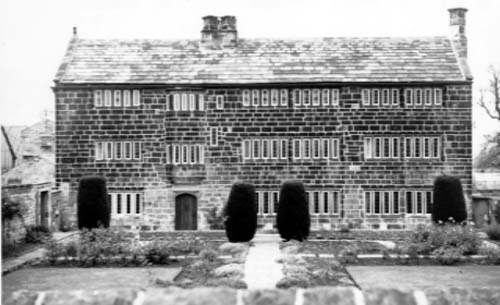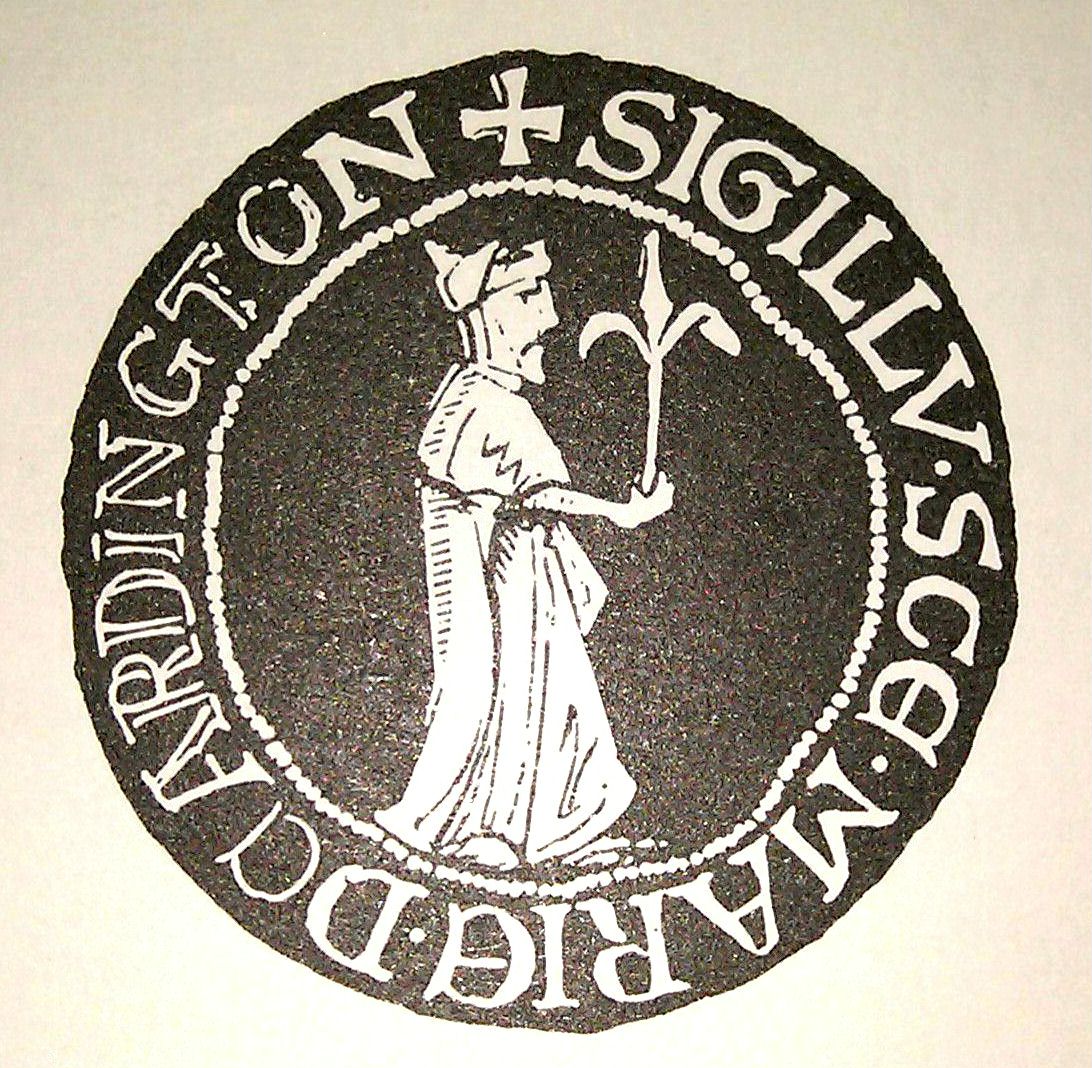Arthington Priory, a nunnery or convent founded in the mid-12th century, was home to a community of about ten nuns in Arthington, Yorkshire. The priory housed the only Cluniac community of nuns in Yorkshire, and one of just two in England. The convent was established through a grant by Peter de Arthington.[1]
The site of the priory church is possibly occupied by a private residence, The Nunnery, which has a date stone from 1585, but little remains of the priory.[2][3]
History
Peter de Arthington gave the nuns “the place the whilk the said abby is byggyd on, with all the appurtenaunces”. His son, Serlo, added to his father’s gift and his son Peter confirmed the gifts of his father and grandfather and gave an acre of land in Tebecroft and “all the watyre that thai may lede to make yam a milne with, and to thair other usez necessarez.”.[1]
The church at Maltby was granted to the priory in 1378, but the priory remained small.[1] Other benefactors made donations, on the condition that they and their descendents were to have the right of presenting a girl for admission to the priory whenever there might be a vacancy.
Dissolution
At the Dissolution of the Monasteries under King Henry VIII in 1540 there were nine nuns aged between 72 and 25 at the priory, including the prioress, Elizabeth Hall, who was 45 years old.[1] All the nuns except the prioress wished to continue in vows. The records state that “All these persons (including the prioress) be of good religious liffying and not slanderid.”[1]
The priory was surrendered by the prioress on 26 November 1540. Its annual value was £11 8s 4d, and the demesne lands were valued at £5 8s 4d, and the priory grounds, its storehouses, gardens, and orchards were valued at 5 shillings a year. In 1543 the king gave the site to Archbishop Thomas Cranmer.[1]
The Nunnery
All that remains of the former priory is a house now named The Nunnery, which stands on the foundations and lower courses of the priory church.[2] It is built of coursed squared sandstone with quoins
Any external angle or corner of a structure. at the external corners, a stone slate roof and is dated 1585, inscribed TB and IB in the spandrelRoughly triangular space above and on either side of an arch. above the door.[4] In 1822 it was a farm house owned by the Earl of Harewood.[3] It is described as “a large well-built, square house, on a fine elevation above the river”.
The nunnery is a Grade II* listed building. The centre room has a large Tudor-arched fireplace with a chamfered surround. A spiral stone staircase accessing the second floor was probably higher, and all that remains of the nunnery’s tower.[4]




